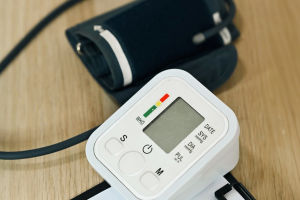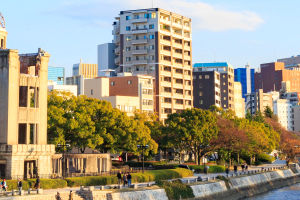Seoul, the vibrant capital of South Korea, offers a plethora of attractions waiting to be explored. With meticulous planning, it's possible to navigate this bustling metropolis efficiently.
The city boasts a remarkable public transport system that is clean, punctual, and designed with accessibility in mind.
Numerous smartphone apps assist travelers in obtaining real-time information and integrated fare payments, simplifying the journey.
Public Transport Essentials
Acquiring a transport pass is a great way to save money and convenience while traveling around Seoul. Three main options for these passes are NAMANE, T-money, and Cashbee. The T-money card, widely accepted, is available at convenience stores for approximately ₩2,500 (US$1.73) and can be easily topped up as needed. It's also usable at many retailers, perfect for convenience.
Prices for single journeys start at ₩1,400 (about US$0.97) if using a transport pass, which can be used across the subway, buses, and even some taxis. And for a unique keepsake, many cards feature designs from popular K-pop culture.
Efficient Metro System
The Seoul Metro is one of the fastest and most economical ways to explore the city, covering 302 stops across 22 lines. The adult fare is ₩1,400 (US$0.97) with a transport pass, allowing for up to four transfers within 30 minutes without tapping out.
For assistance, downloading the Metro app can streamline your travel experience, offering maps in English and announcements in multiple languages. The subway operates until midnight, with reopening at 5:30 AM on most lines, making it essential to plan accordingly. If you miss your train, use the app for accurate route information.
Subway Etiquette
Understanding basic subway etiquette enhances the commuting experience in Seoul. Passengers usually queue outside the doors, entering in an orderly fashion. Special seats are allocated for the elderly, pregnant women, and those with disabilities, and it's courteous to leave these seats empty for those in need.
Colorful Bus System
When navigating through less central areas, Seoul's buses can be particularly useful. They are color-coded by services: blue and green buses cover cross-town routes, with fares starting at ₩1,500 (US$1.04). The smaller green "maeul" buses stick to neighborhoods, offering rides for ₩1,200 (US$0.83). Those wishing to reach outer regions can use red buses with fares at ₩3,000 (US$2.08).
The bus stops display both Korean and English routes. Buses also offer digital screens indicating the next bus arrival and current passenger load. Remember, passengers can transfer four times free within 30 minutes, making bus journeys particularly efficient.
Hailing Taxis
Taxi services in Seoul are plentiful and vary in style, from standard sedans to luxury options. The base fare is ₩4,800 (US$3.33), with an increment of ₩100 (US$0.07) per every eighth of a mile. It's important to note that additional charges may apply during late-night hours (10 PM to 4 AM).
While rideshare apps like Kakao T are available in English, showing the destination written in Korean to the driver is advisable for clarity. Short rides may be declined by drivers, so a direct approach after boarding can help.
Explore on Foot
Walking is an enjoyable way to experience Seoul's unique atmosphere. In just a 1.3 km (0.9 miles) walk, you can transition from the majestic Gyeongbokgung Palace to the stunning Changdeokgung Palace. Many hidden gems, restaurants, and shops lie in between, making the journey worthwhile.
Conclusion: Discover Exciting Seoul
Seoul's diverse transportation options—from the efficient subway to picturesque walks—make it accessible and enjoyable for every traveler. With all these great options at hand, exploring this dynamic city becomes a breeze, allowing for carefree and memorable adventures.


